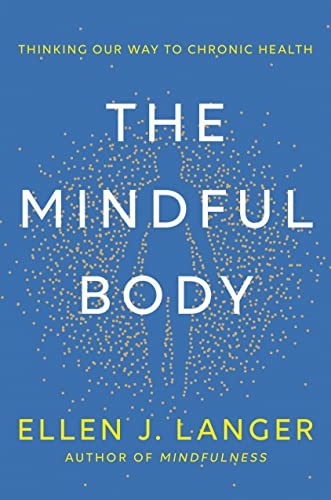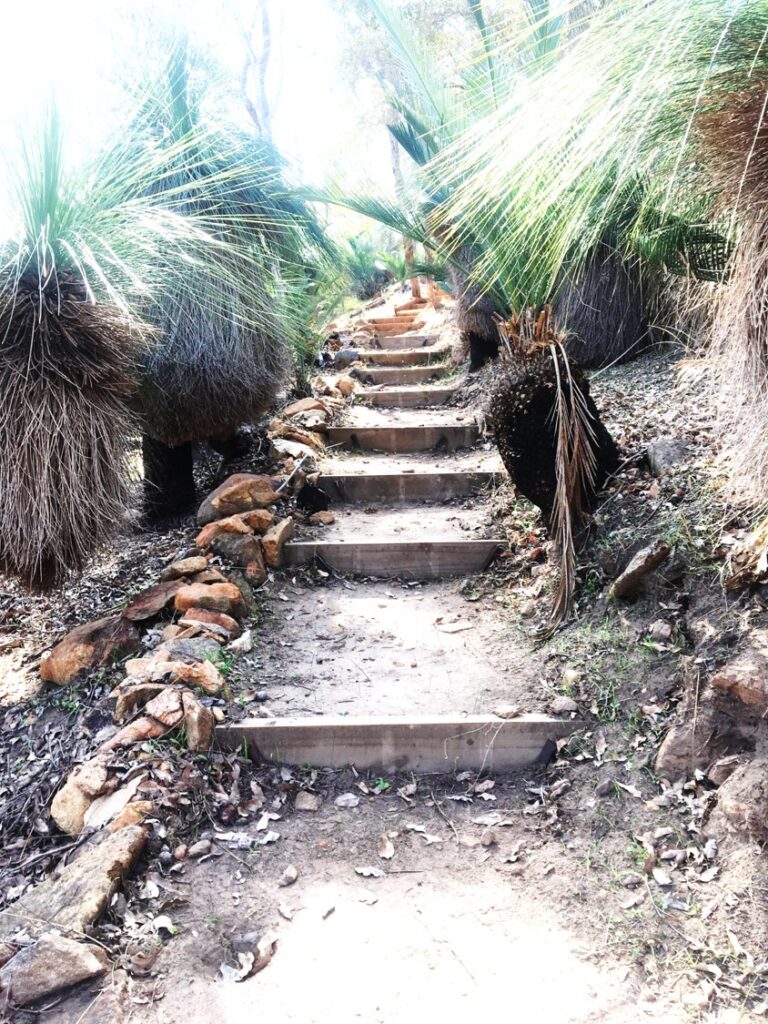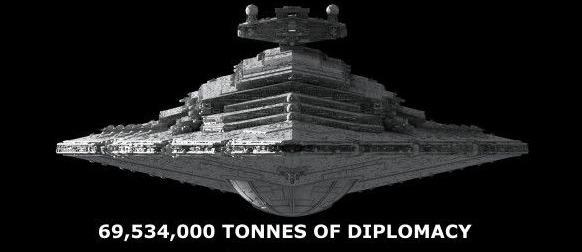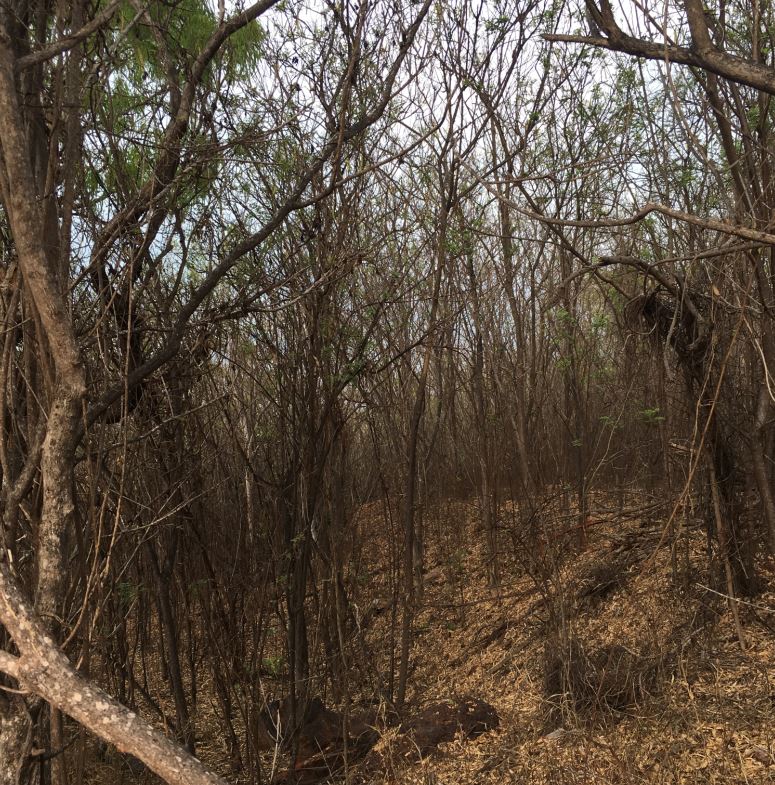“Be the silent watcher of your thoughts and behavior. You are beneath the thinker. You are the stillness beneath the mental noise. You are the love and joy beneath the pain.” – Eckhart Tolle
“Luminous beings are we, not this crude matter.” – Yoda
Have you ever felt you were being watched? Did you ever get the feeling that your every word and action was observed, scrutinised and judged by a silent and impassive observer? If you did or said something you knew to be wrong but rationalised it to be justified, did you ever get the sense that someone was looking on as a silent witness? If you said yes to any or all of the above, you have probably experienced the presence of the silent witness.
“To say that if the Jedi die, the light dies, is vanity.” – Luke Skywalker
The silent witness can be referred to as your conscience, inner moral compass, inner divine, guardian angel or soul. Everyone has one. It does matter if they are inherently “good” or “bad” people. Even the Sith had a conscience as diminished as it was in their absolutist view of things. Count Dooku (Darth Tyranus) for example felt that some actions were too extreme in the persecution of the Clone Wars. At times he made feeble attempts at diplomacy and peace that were quickly put down by Darth Sidious. In the end Dooku was punished for his “weakness” and betrayed by his Master at the hand of Anakin. In these moments of “weakness” was Dooku listening to his conscience? Did a shred of the Jedi Master that he was before falling to the Dark Side still remain as a silent witness to his crimes?
There are two ways to view the world. Through the eyes of the observer and through the perceiver. The observer see’s unfiltered reality. The perceiver also observes reality but adds the filter of judgement, bias, experience, hopes and fears. The silent witness is the observer of things as they are while the ego-mind is the perceiver from a given point of view. The silent witness is indifferent and immune to harm while the ego-mind is stuck in the state of suffering.
“Remember, concentrate on the moment. Feel, don’t think. Trust your instincts.” – Qui-Gon Jinn
The inner witness is the silent and unjudging divine observer that is ever present within our lives. We may not notice but it is there. The Dark Side of our nature attempts to supress it and drive it back into the shadows because the silent witness threatens the ego. Through mindfulness and meditation, we come to experience the inner witness and become aware that it is closer to our true self than the perceiving ego.
Close your eyes for a moment, take a breath in and relax, ask yourself “what am I thinking now?”. Notice how your mind goes blank? You have thrown a light onto your conscious and judgemental thoughts. The ego recedes from the light and all that is left is silence. Ask yourself “what am I feeling now?”. You will notice the swirl of emotions within you behind the rise and fall of your diaphragm as you breath in and out. As you observe and accept these emotions without judgement they will fade and be replaced by a feeling of lightness. You are present in the moment seeing reality without the filter of personal perspective. This is the state of NOW and the presence of the inner witness. You have become the observer.
Do it enough times and you will begin to feel a connection to the Force. All you need to do is become the observer to your thoughts and emotions. Your perception changes. You begin to lose judgment of your fleeting thoughts and emotions allowing them to wash over you. They lose their power to hurt you. You being to achieve a higher state of equanimity. Validation is found within the self rather than through others. Self-knowledge, self-acceptance and self-realisation begin to unfold like a blossoming flower.
“In my experience, when you think you understand the Force, you realize just how little you know.” – Ahsoka Tano
The Sith used meditation to cultivate their connection to the Dark Side of the Force and harness its power. The inverse was true for the Jedi. That was the nature of the duality of the Force which is actually one. Our reality has us experiencing the full spectrum of the Force.
In alcohol abuse I resided in a grey world that drifted in and out of a dark place. I was barely conscious of my inner witness and lived in the tight grip of the ego. In recovery the pendulum has shifted the other way. I am now more aware and less likely to act impulsively or allow rampant thoughts and emotions to get away from me. There is no Light Side or Dark Side to the Force. There is only the Force. The Light and Dark sides reside within me.
The execution of Count Dooku at the hands of Anakin was a pivotal moment in the Skywalker saga. Count Dooku was vulnerable and had surrendered himself to the Republic. Darth Tyrannus was defeated, his fate sealed. Anakin cut Count Dooku down without hesitation on command of Palpatine and became the new apprentice to the Sith Lord. The Jedi Code did not matter to Anakin and neither did his conscience. Anakin had shut out the silent witness and the Dark Side had taken its place.”
“It takes strength to resist the dark side. Only the weak embrace it.” – Obi-Wan Kenobi
People do evil things not because they are evil but because they perceive that they do good and that the means justify the ends. Atrocities are committed by humans in full control of their senses and emotions. They do them because the silent witness has been ignored. The silent witness continues to observe all that they do because it is the Force that resides within all, the eternal spark of the divine, the immortal Soul. It is the witness to your life, it can be ignored or shut out but it never leaves you and witnesses everything.
The line “May the Force be with you” is a call to let the Force be a silent witness, a power, in your life. Whether or not you let it depends on you. You can choose to let your life be run by the ego or the silent witness.
Further Reading:
“The Mindful Body: Thinking Our Way to Chronic Health” by Dr. Ellen J. Langer (Harvard School of Psychology). Ballantine Books (September 5, 2023). https://www.penguinrandomhouse.com/books/705365/the-mindful-body-by-ellen-j-langer/












